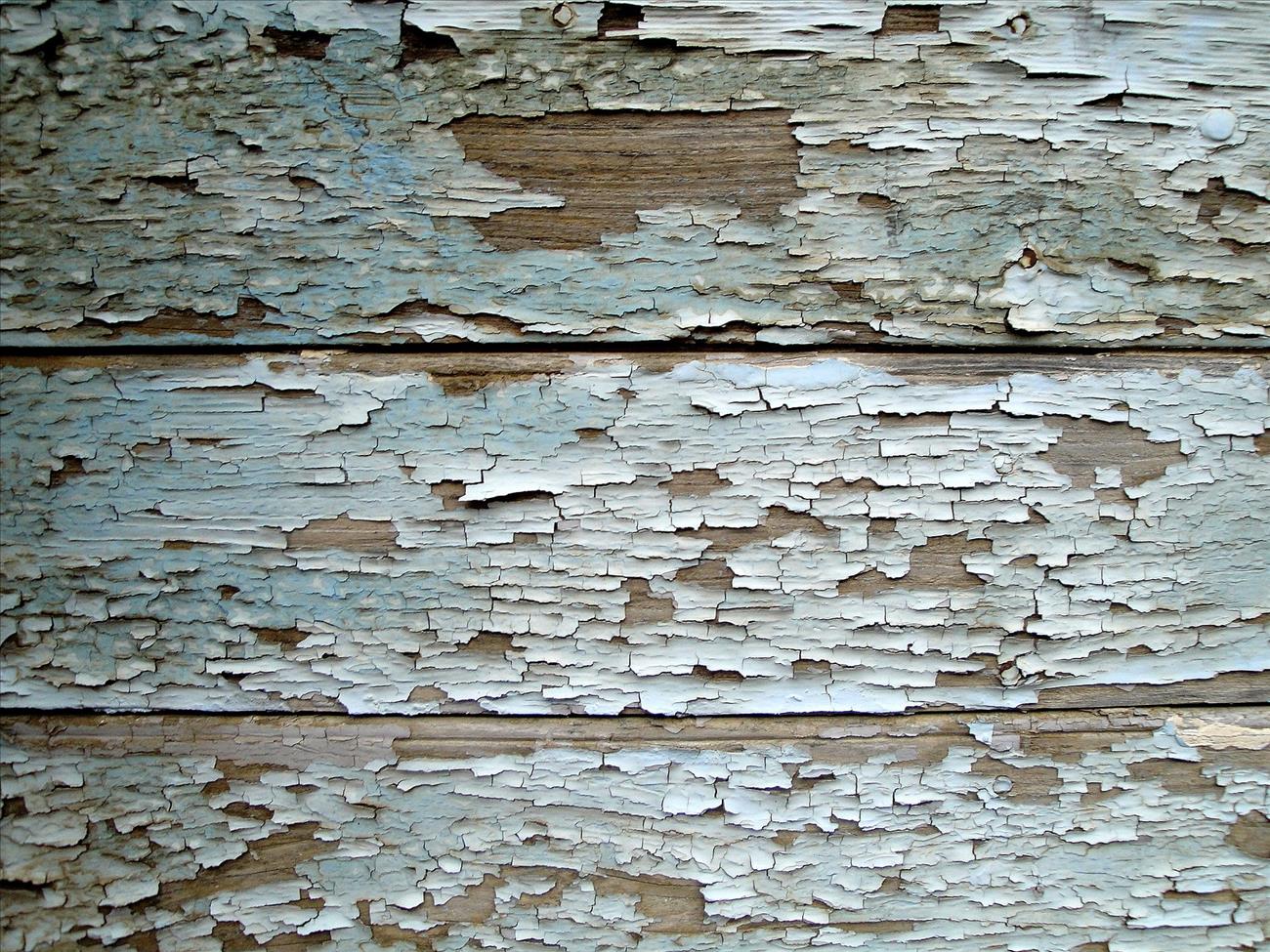During the course of 2018, Americans spent an average of $9,081 on home improvements, which included repainting the home exterior, according to HomeAdvisor. Although there is no rulebook that stipulates how often you should repaint the exterior of your home, many experts believe that it should be done at least every four to seven years. While there is no denying that giving the exterior of your home a new coat of paint can improve its looks and increase its value, such a big paint job may seem like a daunting task. When it comes to painting the exterior of your home, the hardest work is done before you even apply the first stroke of paint. If you follow a few basic prepping guidelines, the task at hand will become significantly less intimidating.
Scrub, sand and strip the exterior clean
The first step in preparing a home exterior for painting involves removing any loose paint, dirt, mold and mildew, as the new paint won’t adhere to it. The methods you employ to clean your home exterior will depend on the degree of dirt and damage. If the exterior is relatively clean and showing no damage to the paint, a scrubbing brush and garden hose will more than likely suffice. If there are areas with blistered or flaking paint, a scraper should be used to remove the affected paint before assessing the area for signs of wear and tear. Sandpaper or an orbital sander can be used to get rid of stubborn paint and even-out rough surfaces before the primer is applied. Always remember to wash off any loose dust as it will compromise the integrity of the paint.
Priming the exterior helps with paint adhesion
If your house exterior consists of bare wood or painted surfaces that required a significant amount of scraping or sanding, you need to prepare the surface by applying a primer. A quality primer will prevent bleed-through, seal the grain, and improve overall paint adhesion. If the current paint job is still in good condition and you simply want to change the color, a primer may not be needed. If you are planning to apply a latex paint over a glossy paint, however, it is wise to apply a quality primer over the entire area. When choosing a primer, it is important to use one that is appropriate for the surface you want to paint. Redwood and cedar, for example, will benefit most from an oil-based primer that will prevent tannin stains from bleeding through the topcoat.
Keep your eye on the weather
When preparing to paint your home exterior, it is paramount to keep a very close eye on the weather, as the last thing you want is to have your paint job ruined by extreme heat, rain, snow or humidity. A painted surface that is exposed to too-harsh sunlight will dry before it is properly cured, while an area that gets minimal sunlight might not cure at all. Always conduct a detailed inspection of the exterior area before commencing painting, ensuring that it is dry and not in the path of strong winds that can blow dirt and debris onto a freshly painted surface with grave consequences.
A new coat of paint can transform your home completely. Not only will it enhance its appearance, but it will boost its market value too. To get the most from its benefits, however, the surface must be properly prepared before you begin work.
Are You a Professional?
Requests for your services are coming in left and right. Let’s connect and grow your business, together.


